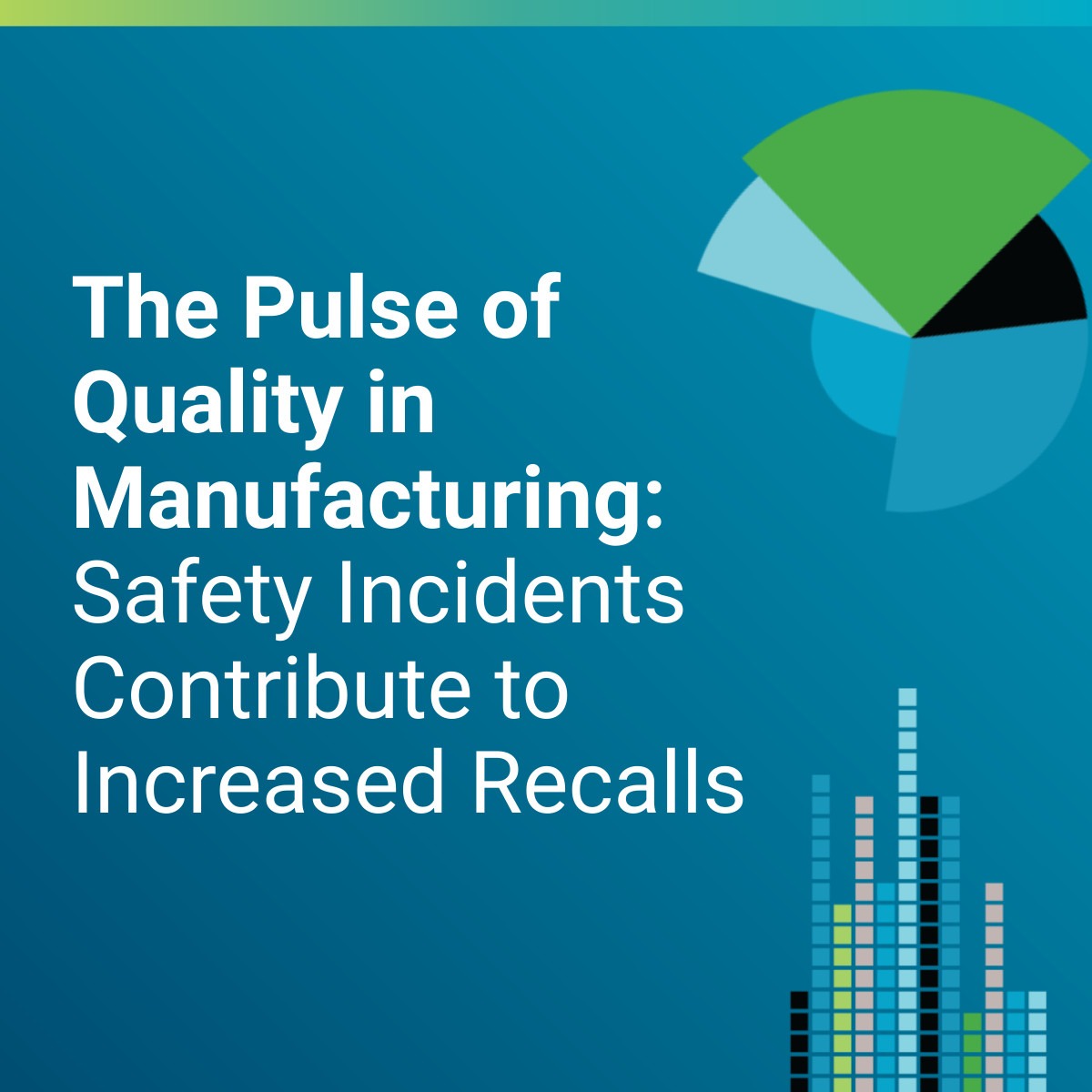Recalls over product defects are a major concern in many industries, often creating millions of dollars in costs and brand damage. Part of the problem is that so many companies don’t effectively integrate Risk Management into their processes, allowing small issues to persist unmanaged.
With that in mind, here’s a list of 4 Risk Management techniques that can help reduce product defects.
1. Managing Risk at the Design Phase
Rather than just responding to problems as you discover them, risk management can help you reduce them from the outset, particularly in the design phase.
There are several ways to do this:
- Tools like Failure Mode and Effects Analysis (FMEA) identify potential failures before you invest in production.
- If you work with contract manufacturers, you can leverage their expertise at the design phase. An integrated Quality Management System will include tools that let you share plans and communicate with suppliers while protecting sensitive information.
- Leveraging other Risk Assessment tools can provide critical design insight. For example, bowtie risk assessment has long been used in the aviation industry to prevent and mitigate the effects of rare, high impact events. Some in the life sciences industry also use this model in certain circumstances, since product defects can have similarly large consequences.
2. Supplier Risk Management
Suppliers can be valued partners in your organization, but they also introduce risk. This is especially true if your organization manages a large supplier landscape. Quality issues with even a single supplier could lead to a recall, which is why it’s so important to have processes to mitigate supplier risk.
Supplier Management tools can help in areas like:
- Receiving and Inspections. Automated Receiving and Inspection protocols and QMS updates help reduce shipments of poor quality materials. You can even make suppliers responsible for performing inspections to your checklist before releasing products for shipment to your facility.
- Corrective Action tracking. Effectively handling problems is key to effective Risk Management. Not only does an integrated QMS allow suppliers to view and track corrective actions in your system, you can also filter by risk to prioritize them.
- Benchmarking performance. Detailed Supplier ratings can roll up all of this data, also helping you track costs and risks associated with individual suppliers.
3. Making Corrective Action More Effective
In addition to risk-based corrective action filtering, a QMS software with automated Reporting makes it simple to analyze root cause corrective action findings on a large scale, helping identify underlying trends that could lead to new controls.
Just as important, it’s not enough to simply run a corrective action through the process of review, root cause analysis and action taken. There’s also a critical final step—assessing whether the corrective action was truly effective.
How can you tell? By measuring residual risk. Quantitative Risk Assessment tools eliminate the guesswork, helping you see if what you did actually worked, or if you need to take further steps. Because as we’ve seen time and again, many disasters are the result of ineffective corrective action where someone cleaned up the mess without addressing its source.
4. Leveraging Post-market Feedback
Customer complaints and post-market feedback contain a treasure trove of information you can use to improve products. What’s more, companies that don’t effectively manage this information face increased risks of product defects down the road.
If you have an integrated QMS, you can easily launch corrective actions and run reports from the Complaint Handling module, ensuring all issues submitted to your company receive the proper attention.
These are just a few of the ways more effective Risk Management can reduce defective products. In truth, a truly integrated QMS will let you apply quantitative Risk Assessment tools to any process, whether it’s equipment monitoring and maintenance, Job Safety Analysis (JSA) or Change Management initiatives.
An automated system is what ties the entire process together, allowing you to keep your focus on what matters—protecting the public and your company’s reputation.
Learn more about how to reduce risk at your company with our free webinar, The Risk Management Primer: Getting Started with Risk in ISO 9001:2015.


